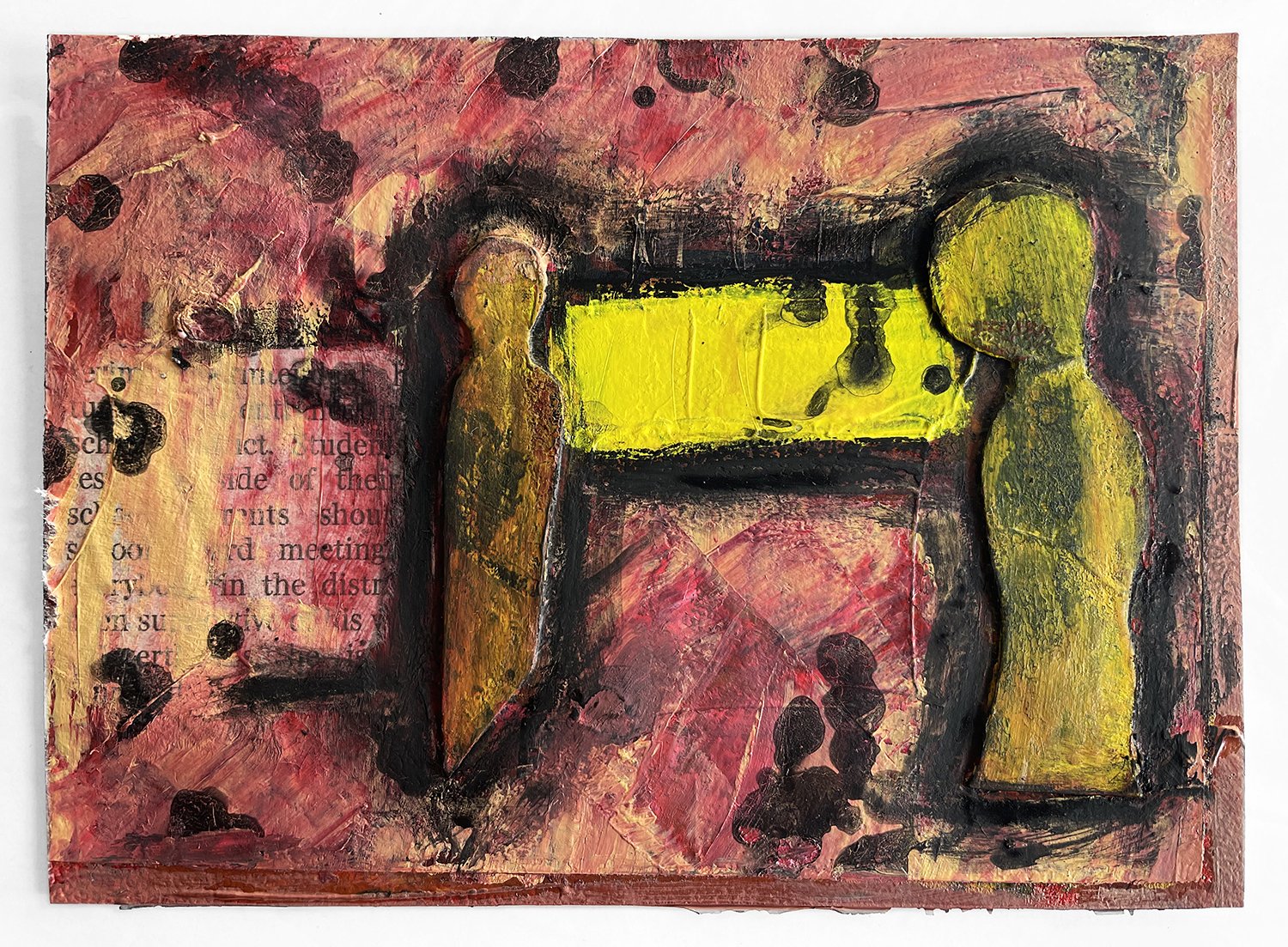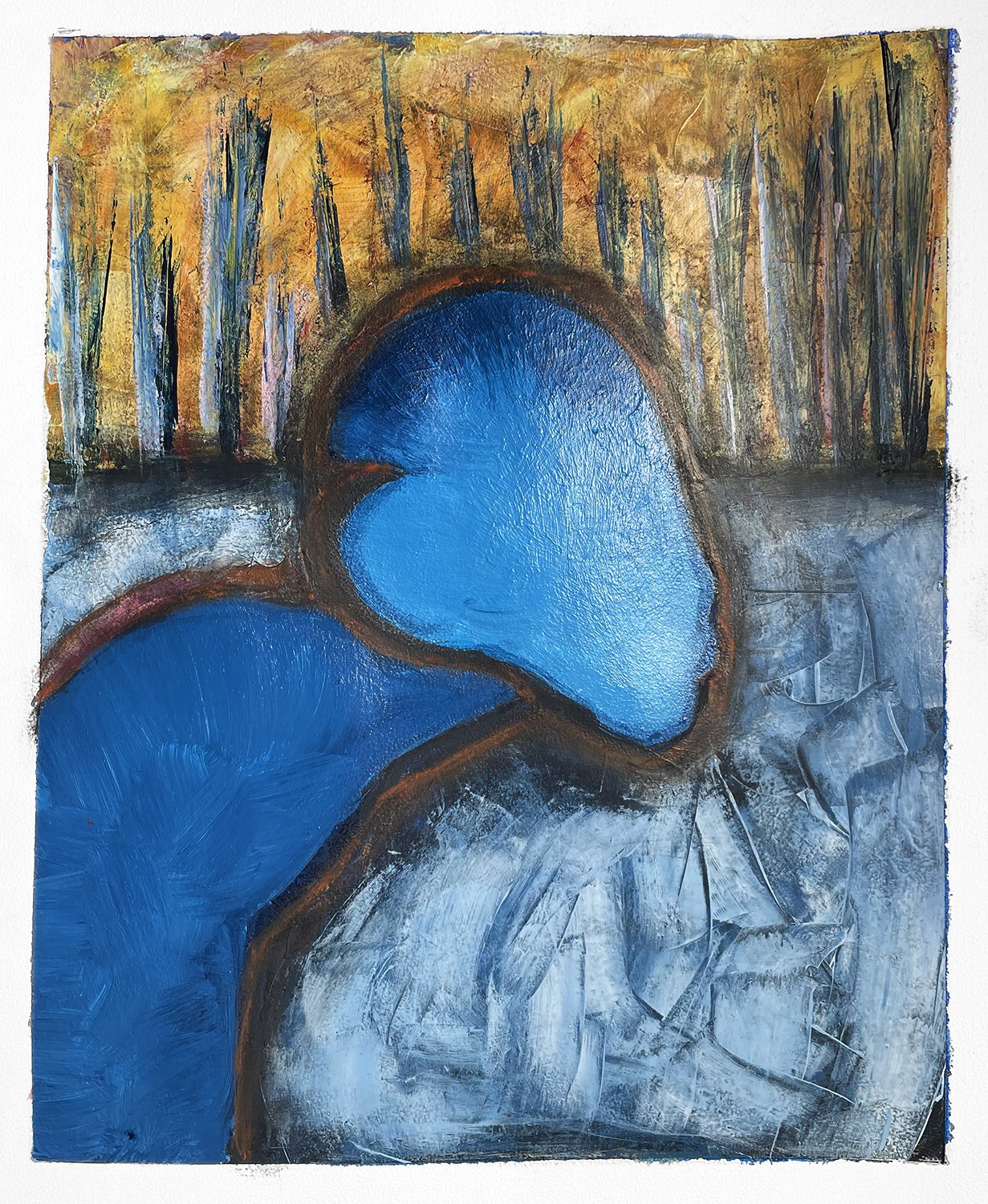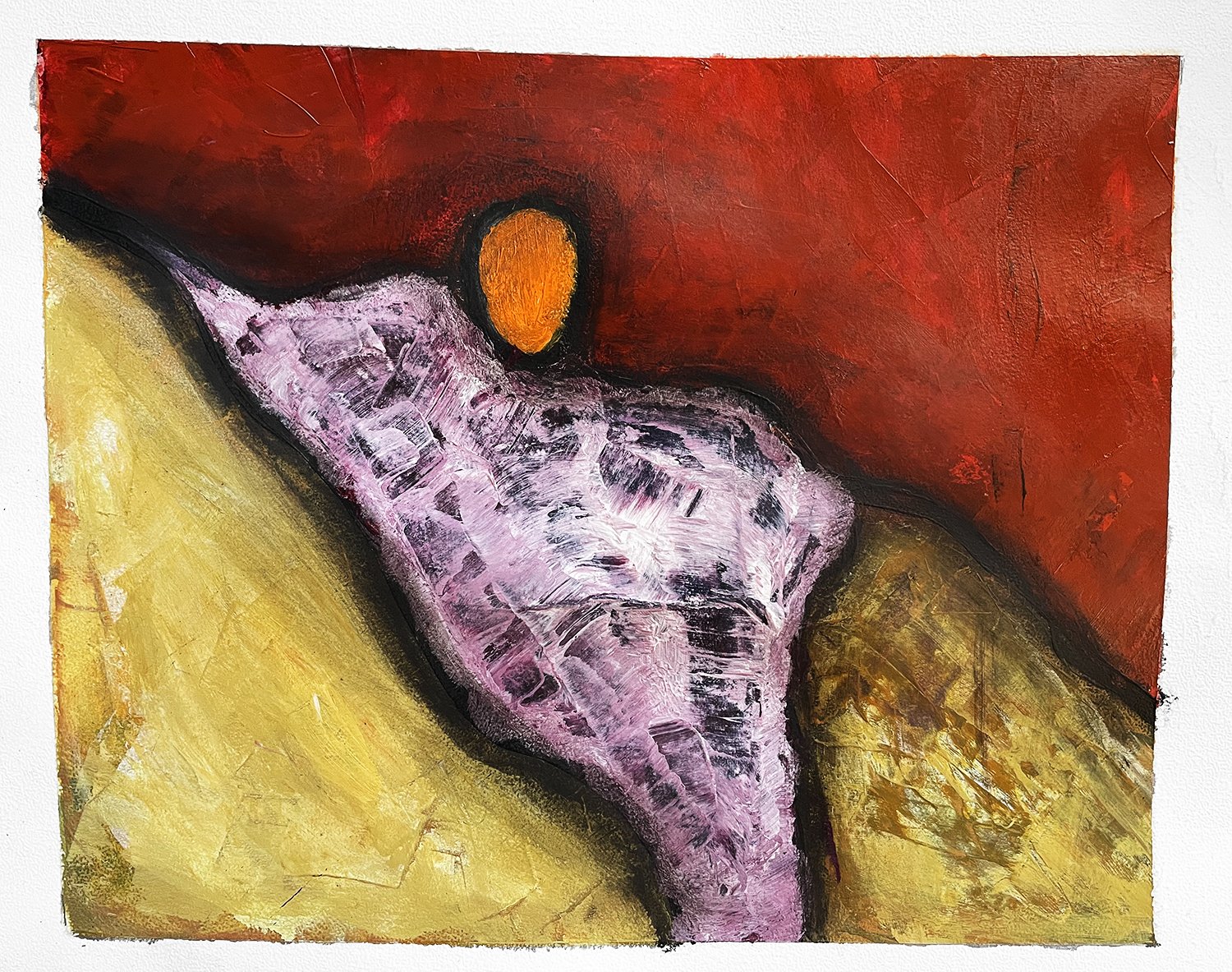“Abstraction allows man to see with his mind what he cannot physically see with his eyes...Abstract art enables the artist to perceive beyond the tangible, to extract the infinite out of the finite. It is emancipation of the mind. It is an explosion into unknown areas.”
It’s a good question. I’ve thought about it a lot. Let me try to answer this with some basic reasons; there are more, deeper reasons than these, but this is the superficial answer to the question “why abstracts.'“
WHERE MY INTERESTS ARE (CURRENTLY)
I’m most interested in abstract work, or specifically abstract impressionism (and expressionism), for several reasons. I’ll try to articulate the main reasons why I’ve chosen this style. I don’t have any interest in realism or straight representational work. This is what most people think about when they think about painting. I like a lot of it, but I’m not interested in painting in those styles. I’m sure a large part of it is because of my years in photography. I want to explore the polar opposite of what photography does. I find myself kind of bored (visually) with photography these days. It doesn’t feel emotional enough or connected with expression—maybe a bit mechanical to me. It lacks a lot for me visually. On top of all of that, everyone does it, which is not necessarily a bad thing. However, not everyone can make expressive, interesting paintings. That’s what I’m working toward.
“In our culture anyway, especially in modern times, the heroic seems too big for us, or we too small for it. Tell a young man that he is entitled to be a hero and he will blush. We disguise our struggle by piling up figures in a bank book to reflect privately our sense of heroic worth. Or by having only a little better home in the neighborhood, a bigger car, brighter children. But underneath throbs the ache of cosmic specialness, no matter how we mask it in concerns of smaller scope.”
Making abstract paintings gives me a lot of freedom. I work from intuition (mostly), and it allows me to connect to something beyond the physical. When I paint, I recognize the psychology behind it all as well. The lack of representation is refreshing (at least representation in the photo-realistic sense). I absolutely love it. It brings me joy. It gives me meaning, and it feels significant to me. I can’t express this enough. I’m not painting to earn money, win awards, or even garner the viewers approval. I think it’s great if the viewer finds my paintings interesting, but that’s not my goal. I want to express ideas that I can’t express in other ways. Ideas about the human condition go beyond words or photographs. That’s a tall order, for sure, but I want to take that challenge on.
The texture of the paint, the vibrant color, and just the feeling of the work excites me. The paintings are rich and tactile. That’s intriguing to me. They are “aiive” in ways other mediums can’t produce—maybe sculptures, but nothing else for me. I find myself craving to paint every day. I want to get in there and throw paint and media down on a piece of paper, make marks, scratch, and intuitively feel my way through each piece. Just writing about it makes me want to go do it right now. It’s like when someone’s talking about food, it can make you hungry. Thinking about painting makes me want to paint.
“The hope and belief is that the things that man creates in society are of lasting worth and meaning, that they outlive or outshine death and decay, that man and his products count.”
Abstract paintings are (mostly) non-representational and use shapes, colors, and forms to allow viewers to interpret and connect with the artwork in a personal and subjective way. Abstract art allows artists to communicate emotions, ideas, and experiences. Abstract art's purpose is to encourage involvement and imagination, not to tell a story—at least not directly. I like to imply ideas with the paintings. Others say that abstract art is "art for art's sake" and creates an object that stands on its own. That’s a valid argument in my mind as well.
Abstract art has existed since the Tang dynasty (618–907). The rise of abstract art movements came in the late 19th century, when artists began to deviate from classical and traditional modes of painting.
This style of work gives you the freedom to explore the artwork and assign your own meaning to the piece. In my opinion, this intensely personal process enriches a viewer's experience of an artwork.
All of these ideas and comments are some of the reasons I’m pursuing making abstract paintings for my project.
“Red Feather and Blocks,” 5” x 3.75” acrylic, charcoal, cardboard (mixed media).

















